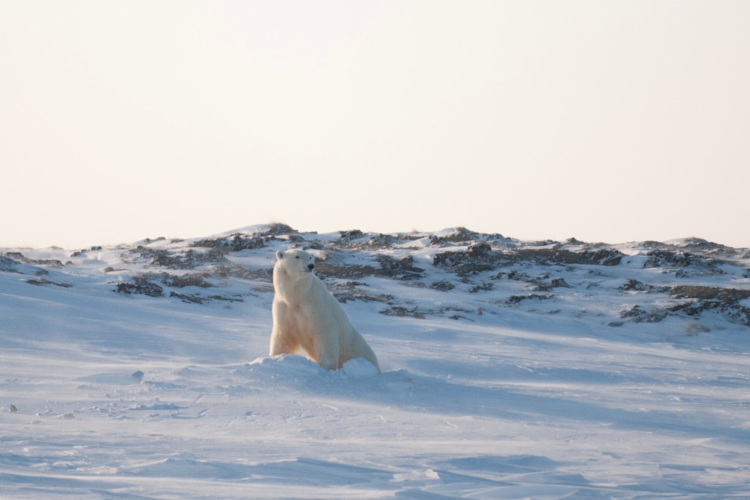When Dr. Kristin Laidre set out in search of the polar bears of southeast Greenland, she wasn’t expecting to uncover an entirely new subpopulation. In fact, if anything, she was anticipating seeing only a few scattered bears.
Tasked by the government of Greenland to conduct a population assessment of the bears on the island, Laidre assumed, as did everyone else, that the bears along Greenland’s east coast all belonged to one amorphous subpopulation. But the southeastern portion of the country remained a largely unknown quantity, largely due to its inaccessibility: Mountainous and glacier-strewn, it is also devoid of any settlements.
Laidre asked Indigenous hunters what they knew of the bears in the area, and “some people mentioned that there were some bears down there but that nobody hunted them or even really went there. But I started thinking that it was just a piece that we couldn't ignore; as part of the assessment, I had to at least confirm that it wasn't an important place for polar bears.”
A surprising find
She and her fellow researchers flew to the area and, to her surprise, “as we dipped into the area from the north, we saw that there were quite high densities of bears in the fjords.”
The area in which Laidre, a professor with the University of Washington and a researcher affiliated the Greenland Institute of Natural Resources, saw those bears was an unusual one for polar bears: in deep fjords, hemmed in by mountains, with the Greenland ice sheet at one end and the North Atlantic Ocean at the other. Further visits—which, because of the logistical challenges of operating in the area, took years to complete—would reveal even more surprising details. Most notably, this group of polar bears spent the bulk of its time living without sea ice, as a strong southward-flowing current carries ice floes past the entrance of the fjords in which the bears live.



















